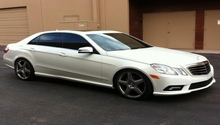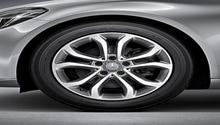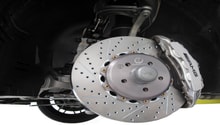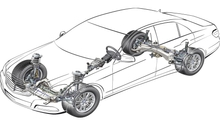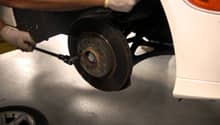Mercedes-Benz E-Class: How to Replace Wheel Hub Bearing
Learn how to replace your E-Class' wheel hub bearings yourself and save a ton of money in the process. Read on for the step-by-step guide.
This article applies to the Mercedes-Benz E-Class w211 and w212 (2002-Present).
If you've never replaced or fixed a wheel hub bearing yourself, then chances are you've never seen one. The wheel hub bearing is buried deep inside the wheel assembly of your Mercedes-Benz, and it plays a big role in handling as well as overall safety. Bearings are designed to let specific parts spin or rotate freely, so they endure massive amounts of friction and produce a lot of heat. Bearings rely on internal sealed beads to remain balanced and spin at high RPM. Therefore, as your wheel and axle turn, they will do so in a stable and safe manner. Once the lubricant in these bearings wear out (commonly due to high mileage), they can start squeaking or making grinding noises. If your E-Class' wheels are showing these symptoms, inspect and replace the bearings as soon as possible by following the steps below.
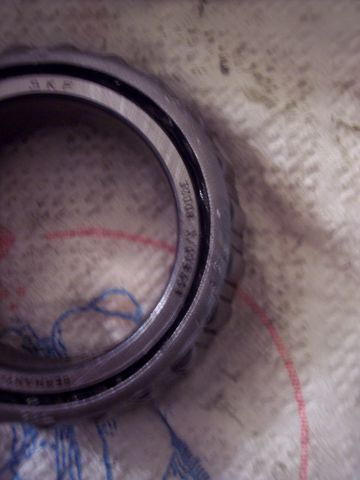

Materials Needed
- Hydraulic floor jack and jack stands
- Flat head screwdriver
- 5mm Allen wrench
- 14mm socket and ratchet
- Soft rubber mallet
- Hammer
- Zip ties or bungee cord
- Wheel bearing grease
- Shop rags
Step 1 – Jack up the car
- Before you can access the wheel bearings, use a floor jack and and jack stands to lift the rear or front end.
- Loosen the lug nuts prior to lifting, and remove them entirely once the vehicle is lifted.
- Then, remove the wheel and set it side.

Figure 2. Always support the vehicle with jack stands. 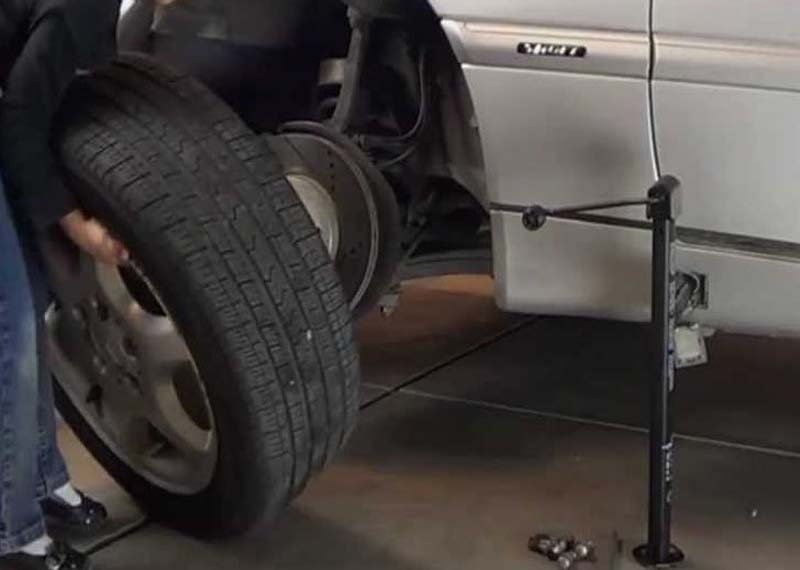
Figure 3. Carefully remove the wheel.
Step 2 – Remove the brake assembly
- Use a ratchet and 14mm socket to remove two mounting bolts on the back side of the caliper.
- Slide the caliper up and off of the brake rotor. Then use a zip tie or bungee cord to hang it from a fixed suspension component, so the brake fluid line or sensors do not get torn or damaged.
- Use a rubber mallet to hammer the back side of the rotor as you rotate it.
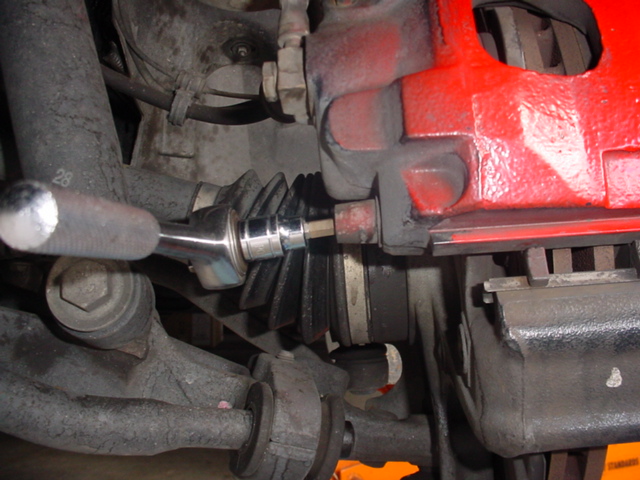
Figure 4. Remove the caliper mounting bolts. 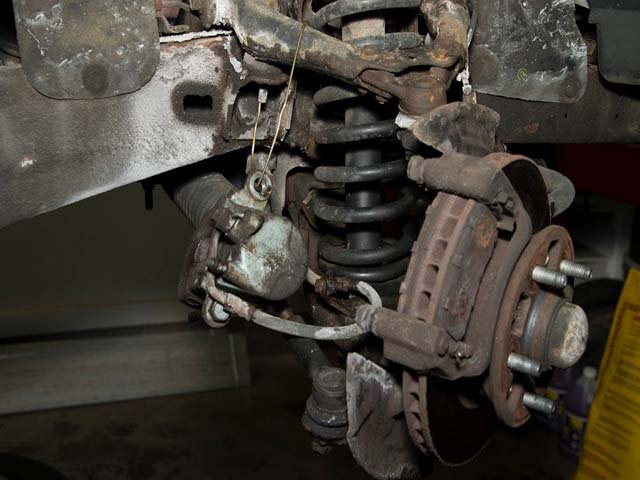
Figure 5. Zip tie used to hang caliper from the upper control arm. 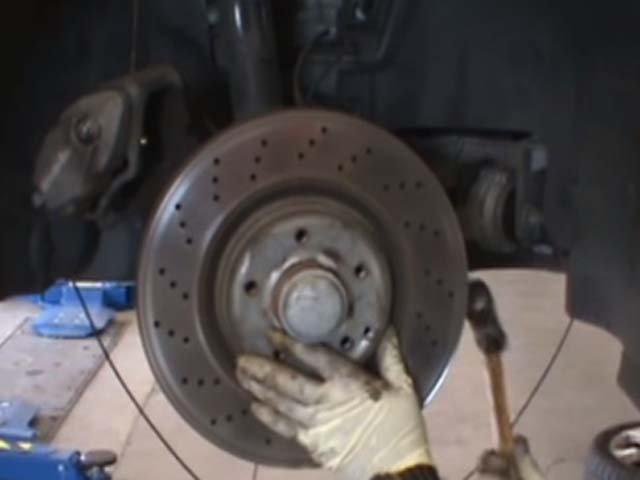
Figure 6. Use rubber mallet to loosen the rotor.
Step 3 – Remove the old wheel bearing
- Use the flat head screwdriver to pry off the grease cap. You may need to tap the screwdriver with a hammer for added leverage. Once the grease cap is off, you will see the center nut that holds the bearing in place.
- Use a small 5mm Allen wrench to loosen the nut, and then remove it by hand.
- Pull off the entire spindle assembly by hand. The wheel bearing will come off along with it.
- Clean the spindle and make sure all of the old grease has been removed before installing the new bearing.
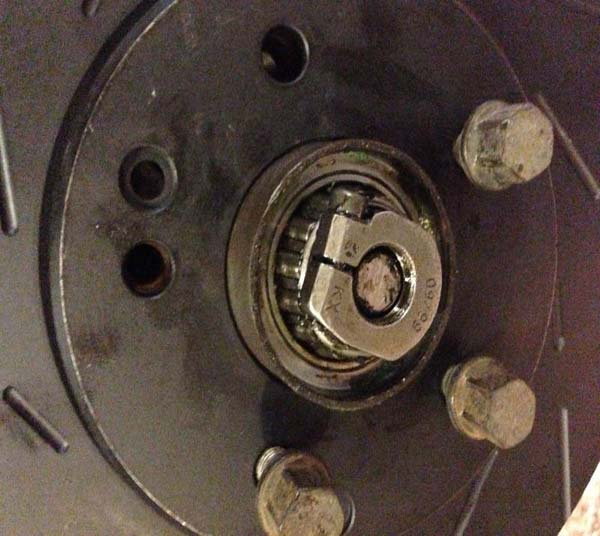
Figure 7. Remove the bearing nut using a 5mm Allen wrench. 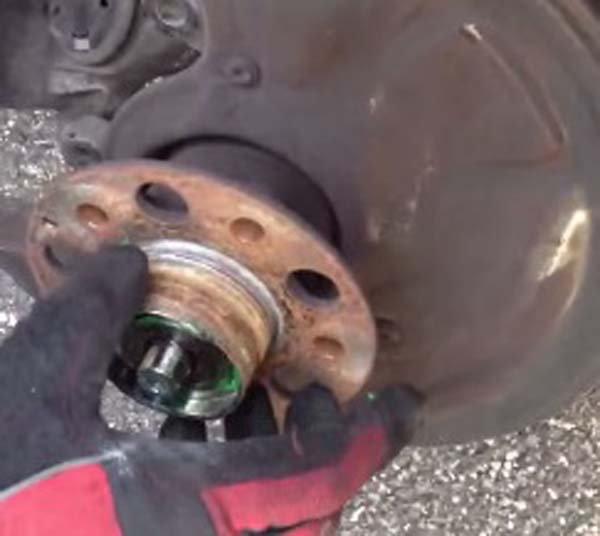
Figure 8. Pull off the spindle by hand.
Step 4 – Install the new wheel bearing
- Coat the new bearing and the spindle with wheel bearing grease.
- Insert the new bearing into the spindle.
- Then reattach the spindle.
- Re-install the entire wheel and brake assembly in reverse order.
- Re-install the grease cap.
- Mount the rotor.
- Re-install the brake caliper and secure it with the mounting bolts.
- Mount the wheel and tighten the lug nuts by hand.
- Lower the vehicle and torque the lug nuts.
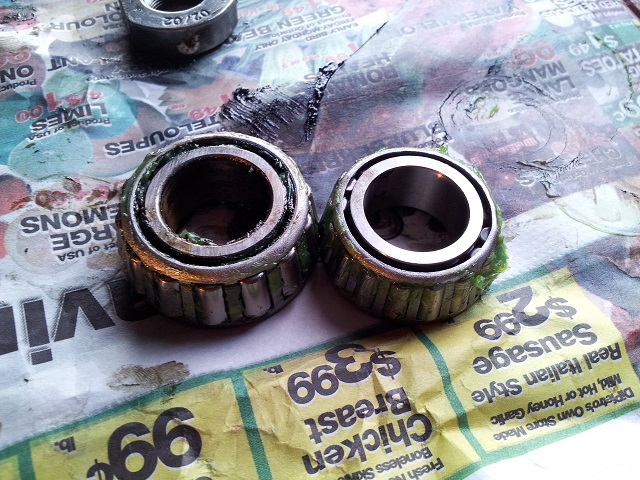
Featured Video: Wheel Hub/Bearing Replacement
Related Discussions
- Front Wheel Bearing DIY Discussion - MBWorld.org
- E-Class Wheel Bearing Help Discussion - MBWorld.org

